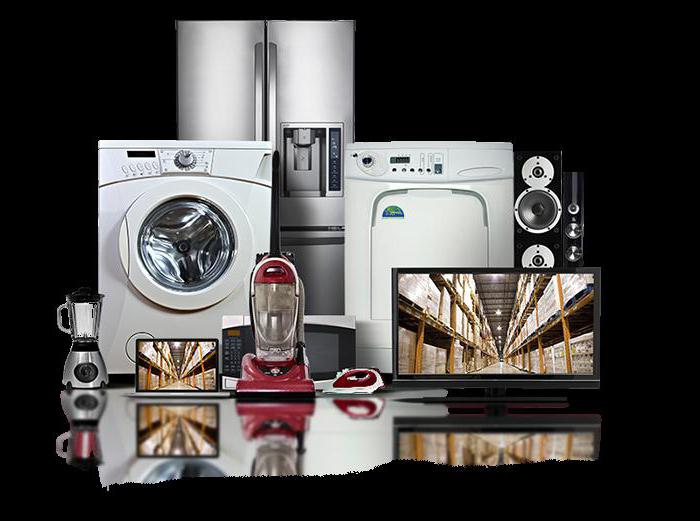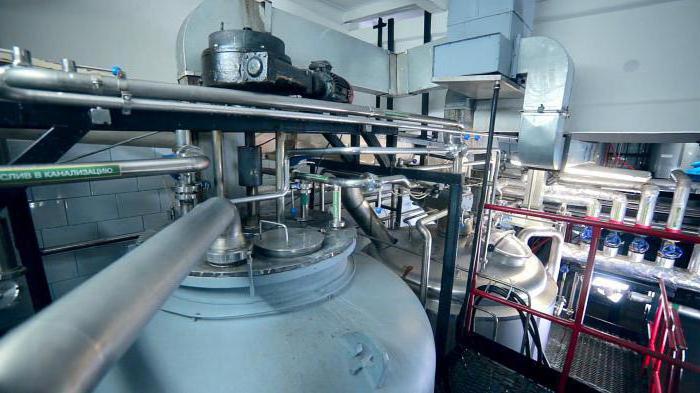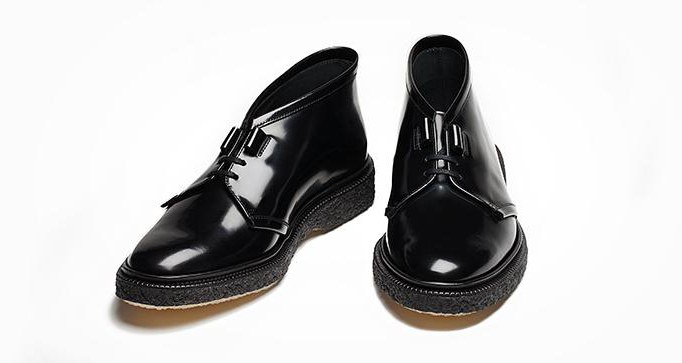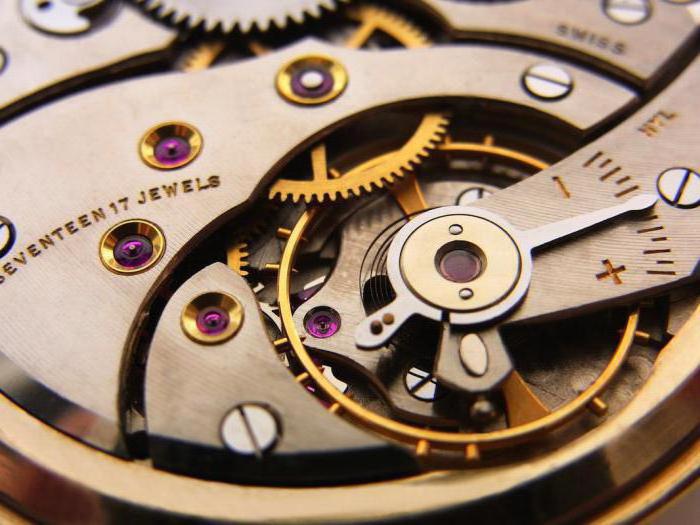In today's world, people are increasingly demanding in relation to purchased goods. Manufacturers pay special attention to product quality control, which is important when there is an abundance of competing firms on any market.

The concepts
Quality refers to all the properties of a product, which together must meet the maximum requirements of consumers in accordance with its purpose. It is important to continuously monitor this condition. This need is due to the constant changes taking place in the field of science, technology and culture.
Product quality indicators are quantitative characteristics. Their study is relative to the operating conditions of the product.
Consumer properties of the goods are the criteria characterizing the benefits of the product in the process of its use. They are a combination of various product indicators that bring the customer maximum satisfaction. Consumer properties of goods are applicable to products sold at retail outlets.

Selection of a range of indicators
In order for an assessment of the level of quality to be objective, it is not enough to research products according to one or two criteria. Each product has many characteristics that together determine its quality.
The paramount task is the selection of the range of indicators by which the assessment will be made.
The choice of a list of names of quantitative characteristics of products depends on:
- her appointment;
- properties;
- operating conditions;
- customer requirements;
- quality management goals for goods;
- requirements established by regulatory documentation.
The choice of product quality indicators is a key point. Any shortcomings will lead to an unreliable result, i.e. its actual level will not correspond to the results of the study.

Classification of quality indicators by the number of criteria
Depending on the number of characteristics studied, they are divided into:
- Single. One product property is determined. Examples: engine power, shoe size, vehicle carrying capacity, vehicle speed, computer mouse sensitivity.
- Integrated. Characterize one complex or several simple properties in the aggregate. Examples: metal hardness, melting point, product readiness. To calculate the beneficial effect of using the product with respect to the cost of its manufacture, an integral indicator is also used, which is also a comprehensive indicator. It is of great importance, because carries information on product quality and on financial investments required to achieve it. Example: a car’s mileage to production costs.
According to the investigated properties
Depending on the characteristics characterized, there is the following classification of quality indicators:
- destination;
- reliability;
- profitability;
- ergonomic;
- aesthetic;
- technological;
- standardization and unification;
- patent law;
- environmental;
- safety;
- transportability.
Product Destination Indicators - these are the basic properties of the product that meet the functional requirements of the field of its application. These include: structural characteristics, composition (structure), technical requirements.Examples: the thickness of the leather from which the shoes are made; fabric strength; moisture resistance; dimensions; spaciousness; equipment performance.
Quality control reliability indicators Products are given special attention. These include:
- Reliability - the ability to maintain working capacity for a long time.
- Durability - a property that characterizes the maintenance of a good condition until the onset of maintenance.
- Maintainability - the ability of the product to be repaired.
- Preservation - maintaining good condition for a period established by regulatory and other documents. This period also includes storage and transportation.
Based on these properties, the following product conditions exist:
- serviceable - full compliance with the requirements of regulatory and other documentation;
- efficient - uninterrupted performance of basic functions;
- inoperative - a state in which at least one main function is not performed;
- marginal - further exploitation of the product is excluded due to its insecurity.

Cost-effectiveness indicators - product excellence in relation to the level of material, labor and energy costs. Examples: cost, profitability.
Ergonomic criteria - characteristics that ensure the effective use of the product by man. In other words, this is the correspondence of the dimensions and design of the product to physiological, psychological, etc. consumer characteristics. Examples: reaction speed, human tactile abilities, reach zone.
Aesthetics include the following properties:
- sign - the transfer of one or another socially significant information;
- originality - the ability to stand out among analogues;
- compliance with the current tastes of society (fashion);
- artistic expressiveness.
As part of these indicators, structural and functional requirements are also taken into account: build quality (tailoring, etc.) and the materials used, production features.
To indicators of manufacturability include properties that characterize the optimal distribution of labor and material costs in the production and operation of the product. Examples: specific labor intensity, utilization of raw materials.
Standardization and unification indicators suggest the presence in the product of standard, original and unified elements.
Patent Legal Criteria important in calculating competitiveness. These include: improving technical solutions, legal protection of copyright.
Environmental performance characterize the degree of negative impact on the environment. The concentration of harmful substances entering the atmosphere should not exceed permissible values.
Safety indicators - properties guaranteeing the absence of harm to human health during transportation, storage and operation of the product.
Transportability - characteristics of the goods, meaning that they can be moved without the need for their intended use.

Application for evaluation
According to this classification, quality indicators are:
- Basic. They are always taken as a basis.
- Relative. They are the ratio of one or another quality indicator to the base.
- Defining. The criterion by which the final decision is made in the assessment.
By way of expression
In this case, quality indicators are classified into:
- Dimensional. These include characteristics expressed in established units. Examples: capacity - in kilograms, melting point - in degrees.
- Dimensionless. They are considered relative indicators.
By the method of determining
There are several methods by which the actual level of product quality is identified:
- Measuring - the use of various instruments and measuring tools.
- Registration methods are lengthy and time-consuming methods based on observing and counting certain events.
- Settlement - determination of quality indicators using mathematical formulas.
- Organoleptic - a method of obtaining information in which the senses are used.
- Expert - the result is based on the opinions of experienced professionals.
- Sociological - analysis of information received from consumers.
Finally
Currently, the level of quality of any product is given special attention. In the conditions of the modern market, consumers dictate increased requirements for the characteristics of goods based on the improvement of science, technology and culture. There are several classifications of product quality indicators, according to which it is determined by reputable specialists.

